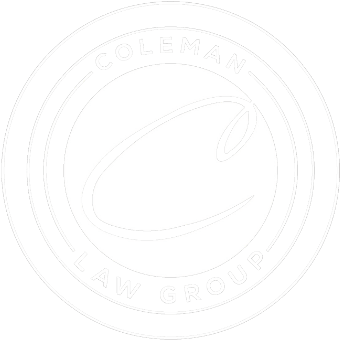Congratulations, you finally got the job, and as a bonus, you also get to move to a new country. However, there’s still the problem of processing your employment-based immigration, and that’s usually the least fun part, especially if you’re a first-time applicant and don’t have prior experience with the whole process.
Navigating your move to another country can be a lot of work. From the visa application to the follow-ups, it can usually get complicated fast, regardless of which immigration option you opt for. However, one particular option that tends to pose the most challenge is employment-based immigration. This is because of the many types of work visas available and how similar they can be.
Luckily, you can make the whole process much easier by employing the services of a legal advisor. This article will tell you everything you need to know about employment-based immigration and why you need to hire an immigration attorney.
The Concept of Employment-Based Immigration
Employment-based immigration allows foreigners to stay in another country for employment purposes. In the US, foreign workers with valuable skills are often welcomed as a means to boost the active workforce and bolster the economy. As a result, many foreigners enjoy the opportunity to come to the United States as employment-based immigrants.
This arrangement is usually temporary but can also be permanent, depending on the type of visa issued. The temporary work visa allows foreign nationals to live and work in the US for a limited period. The time frame is usually specified on their visas, and they are required to either adjust their visa status or leave the country when the time frame expires. Also, a temporary work visa becomes invalid as soon as the holder stops being employed.
On the other hand, permanent work visas allow foreign nationals to live and work in the US permanently. Unlike their temporal counterparts, they also allow the holder to apply for all types of legal employment. Moreover, immigrants with a permanent work permit can be allowed to remain in the country without being employed.
Employment-Based Visas Categories
Each visa type is further divided into categories for specific immigrants. This is to allow potential immigrants access to a category that is specific to their employment. For temporal work visas, the categories include;
H-IB Visa: This visa category allows US-based employers to hire foreigners with special skills to handle specialized positions. These foreign workers can legally enter and stay in the country for a specified period using the H-IB visa.
OI Visa: This visa category is specially issued to foreign nationals with extraordinary achievements. This visa also comes in different kinds to accommodate excellent performers in different fields and their assistants.
E3 Visa: The E3 visa is specific to Australian investors and large business owners. It allows them to legally enter into the US and carry out government-approved businesses and investment operations.
1-9 Compliance Form: This is a visa form that employers and employees are required to fill out to verify their identity and employment status.
So that you know, the above-listed categories are all temporary and will expire eventually. For the permanent residency visas or green cards, the categories include;
EB-1 Visa: This category is for advanced researchers and recognized professors. It allows them to reside permanently in the United States and carry out their research.
EB-2 Visa: This is a second-preference permanent visa category for exceptional foreigners with special recognition in their fields.
EB-3 Visa: If you’re a business owner, business professional, or skilled innovator looking to live in the US permanently, this category is for you. However, you’ll need to provide a US-based partner or sponsor to be eligible for an EB-3 visa.
EB-4 Visa: This visa category is issued to active and retired members of international organizations. Examples of such organizations include the United Nations (UN), World Health Organization (WHO), World Trade Organization (WTO), etc. The EB-4 visa allows members of these organizations to visit and carry out sanctioned operations in different countries, including the United States.
EB-2 NIW Green Card: This category is relatively boundless, and it allows specific foreigners to reside in the country permanently. NIW stands for National Interest Waiver. Although it is a work-based visa, holders do not necessarily need to have permanent employment to stay in the country.
How to Apply for Employment-Based Immigration
The process of applying for US employment-based immigration differs for different visa categories. However, the general process is divided into two systems. The first is consular processing, which applies to foreigners applying from outside the country. The second is an adjustment of status, which applies to foreigners already living in the US. Note that an adjustment of status allows US-based foreigners to apply for green cards without having to go back to their home countries.
The first step in applying for employment-based immigration is preparing all the required documents. According to USCIS, the required documents include valid passport photos, an entry permit from the Department of Labor, an employment contract, health insurance, and a medical screening clearance. Here are the other steps to follow to apply for your work visa.
- File a petition with the USCIS and wait for approval
- After approval, make the necessary payments for your immigrant visa application
- Select a visa category and submit the correlating form
- Complete your online registration by providing the correct details
- Scan and submit the required documents as listed above
- Prepare and sit for the immigrant interview
Coleman Law Group Can Help You
The employment-based immigration is easily one of the more complicated immigration processes. This is why you’ll want an experienced legal advisor or an immigration lawyer to guide you through the steps.
The Coleman Law Group is always willing to help you get through your employment-based immigration process smoothly and problem-free.



